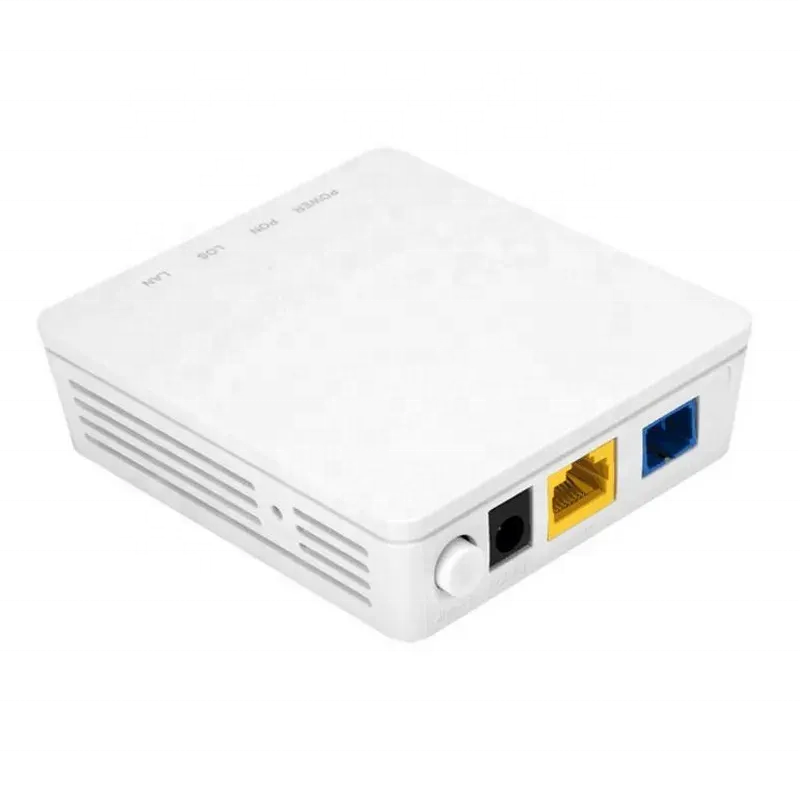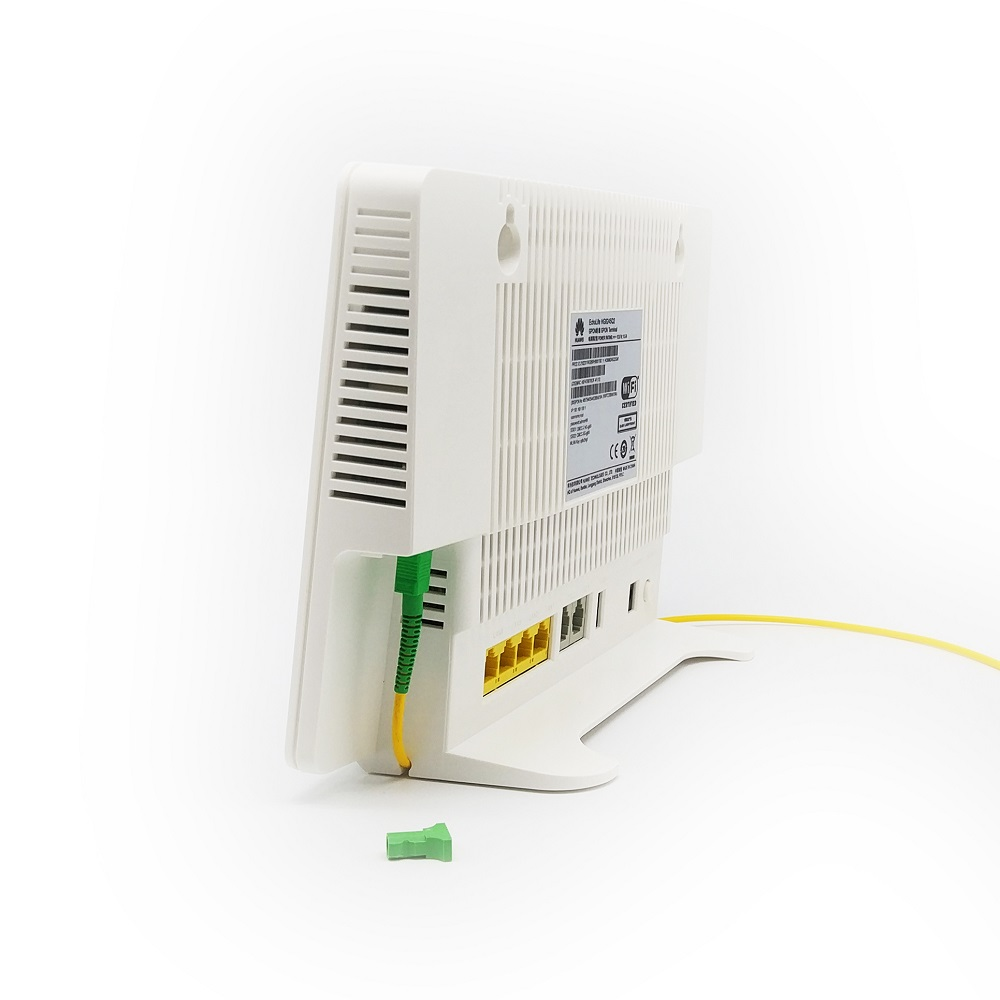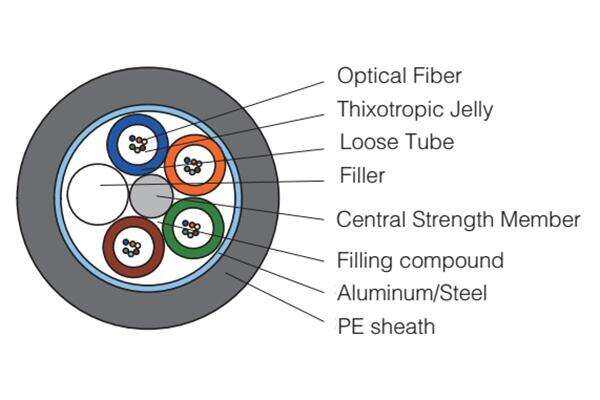optyczny przewód światłowodowy ftth
Kabel optyczny FTTH reprezentuje przełomową technologię w telekomunikacji, będąc podstawą nowoczesnego połączenia internetowego wysokiej prędkości. Ta zaawansowana解决方案optyczna przesyła dane za pomocą światłowodów grubości włosa, wykorzystując sygnały świetlne, co umożliwia nie precedensowe możliwości przepustowości i błyskawiczną transmisję danych. Konstrukcja kabelu zwykle składa się z rdzenia, obwoluty i warstw ochronnych, specjalnie zaprojektowanych dla połączeń ostatniej mili między główną siecią dostawcy usług a poszczególnymi domostwami. Działając na zasadzie całkowitego wewnętrznego odbicia, kable FTTH mogą przekazywać dane na duże odległości z minimalnym osłabieniem sygnału, wspierając prędkości do 10 Gbps i więcej. Te kable są odporno na zakłócenia elektromagnetyczne i oferują większą niezawodność w porównaniu do tradycyjnych kabli miedzianych. Technologia obsługuje wiele zastosowań, od strumieniowania wideo w pełnej rozdzielczości i gier online po pracę zdalną i automatyzację domów inteligentnych. Instalacja obejmuje prowadzenie kabelu światłowodowego bezpośrednio do poszczególnych budynków mieszkalnych, co zapewnia optymalną siłę sygnału i spójny wydajność. Trwałość kabelu i odporność na czynniki środowiskowe czynią go inwestycją długoterminową w infrastrukturę, zdolną spełnić zarówno obecne, jak i przyszłe wymagania dotyczące przepustowości.


